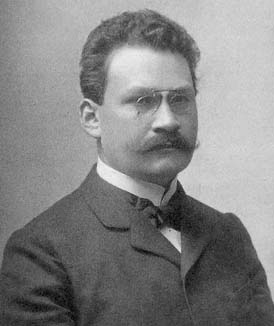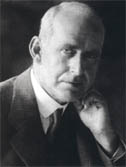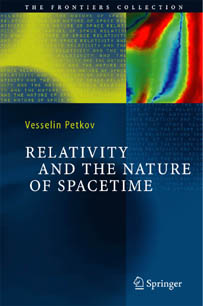
The views of space and time which I wish to lay before you have sprung from the soil of experimental physics, and therein lies their strength. They are radical. Henceforth space by itself, and time by itself, are doomed to fade away into mere shadows, and only a kind of union of the two will preserve an independent reality. [p. 75]
Since the [relativity] postulate comes to mean that only the four-dimensional world in space and time is given by phenomena, but that the projection in space and in time may still be undertaken with a certain degree of freedom, I prefer to call it the postulate of the absolute world. [p. 83]
The whole universe is seen to resolve itself into similar world-lines, and I would fain anticipate myself by saying that in my opinion physical laws might find their most perfect expression as reciprocal relations between these world-lines. [p. 76]
Neither Einstein nor Lorentz made any attack on the concept of space [p.83]. We should then have in the world no longer space, but an infinite number of spaces, analogously as there are in three-dimensional space an infinite number of planes. Three-dimensional geometry becomes a chapter in four-dimensional physics. Now you know why I said at the outset that space and time are to fade away into shadows, and only a world in itself will subsist. [pp. 79-80]



